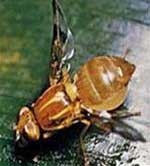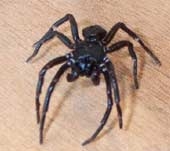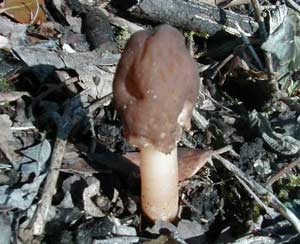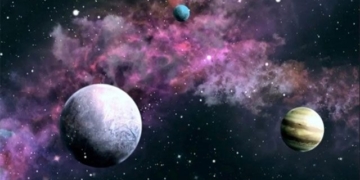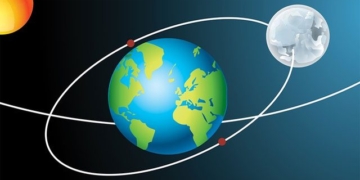Australian researchers conclude that flowering plants were pollinated by the ancestors of insects, and insects have been pollinating flowering plants for 86% of their evolutionary history.
A new study by Australian experts indicates that insects were likely the pollinators when the first flowers bloomed on Earth over 140 million years ago.
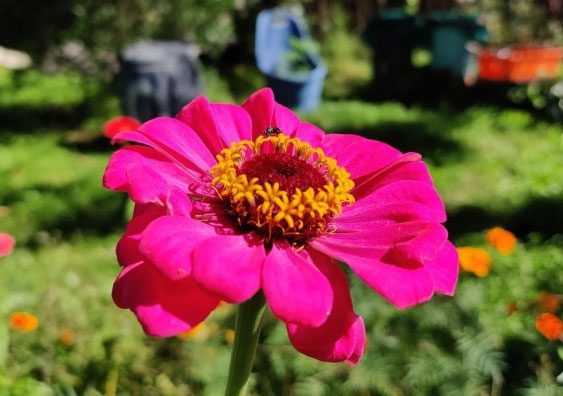
Photo provided by Ruby E. Stephens, the lead author of the study. (Source: UNSW Sydney).
According to the research published in the journal New Phytologist on June 5, most modern flowering plants are pollinated by insects. In many other plant species, pollination occurs via wind, water, or vertebrate animals.
In the process of investigating the world’s first pollination methods, a research team at the Sydney Botanic Gardens, Macquarie University, Western Sydney University, and the University of New South Wales collected data on the pollination mechanisms of 1,160 species that may have existed during the Cretaceous period, approximately 145 to 66 million years ago.
They described the macroevolutionary process of four pollination methods in an “evolutionary tree.” This method not only helps identify which species pollinate plants today but also reveals which species may have pollinated their ancestors in the past.
Based on this process, the research team concluded that flowering plants were pollinated by the ancestors of insects, and insects have been pollinating flowering plants for 86% of their evolutionary history.
The lead author of the study, Ruby E. Stephens, a researcher at Macquarie University, emphasized that this is a significant finding, revealing an important aspect of the origins of most plant species on Earth today.
Specifically, plants are the lifeblood of our planet, and this new research highlights the importance of insects in the reproduction of plants throughout Earth’s history.
Although scientists have not identified the first pollinating insect, they rule out the possibility of bees, as most evidence suggests that this species did not evolve until after the first flowers appeared.
Considering that most of the initial flowers were very small and preserved in fossil form, experts speculate that the pollinators could be small flies or beetles, or even mosquitoes or certain extinct insect species.








































